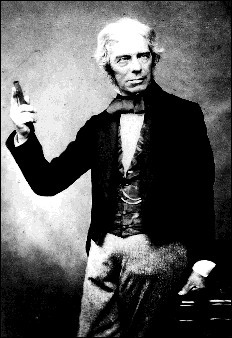The word "Colloid" was derived from the Greek, "kolla" for glue, as some of the original organic colloidal solutions were glues. This term was first coined in 1862 to distinguish colloids from crystalloids such as sugar and salt.
Colloids have been studied by scientists since the early 1800's. The early part of the 20th century saw a number of major developments in both chemistry and physics, some of which had direct influences on the study of colloids. A number of methods for studying colloidal particles were developed, including diffusion, electrophoresis, and scattering of visible light and X-rays.

Due to colloidal particles being so small, their individual motion changes continually as a result of random collision with the molecules of the dispersion medium. This random, zig-zagging movement is called Brownian motion after the man who discovered it. This motion helps keep the partilces in suspension.

In the early 19th century, Michael Faraday showed that when you pass a strong beam of light through a colloidal solution, it is scattered. This method to study colloids was further developed by John Tyndall and became known as the "Tyndall effect".
For a more in-depth history of colloids, see here. There is a lot of information about some of the! pioneers in the study of the subject.